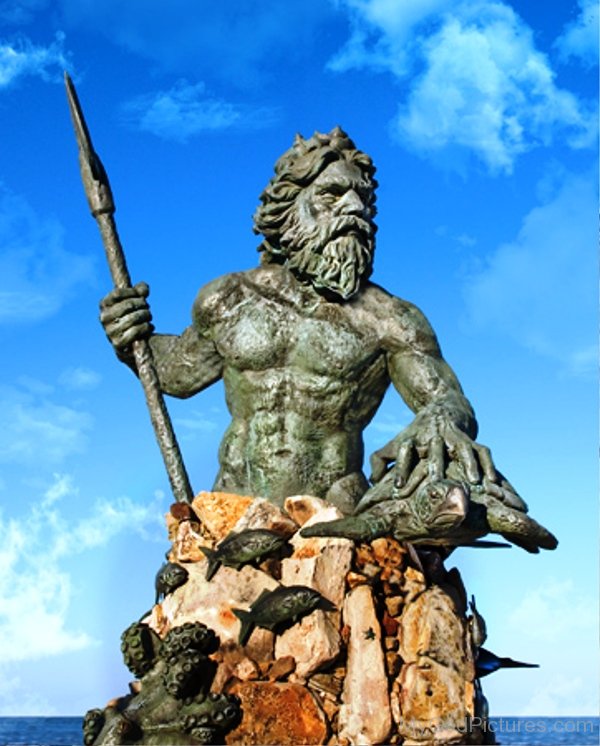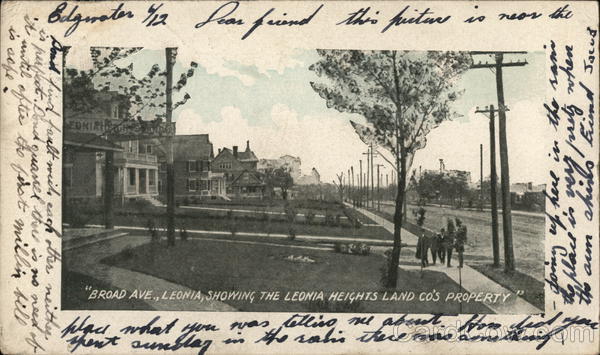Italo Calvino (1923-1985)
Italo's various careers all involved writing literature; a journalist, author and a novelist. His imaginative writing made him an important Italian fiction writer in the 20th century. His book 'Invisible cities' was published in 1972, which playfully explores 55 city descriptions as a conversation between emperor Kublai Khan and explorer Marco Polo. The two characters discuss these city descriptions each dozen throughout the book. All 55 cities described are titled with women's names, and are allegedly each saying something about the city of Venice.
Zenobia
"A Religously confused society battling rapid modernisation"
Septimia Zenobia is the most significant figure to share the name 'Zenobia' with this invisible city. She reigned in 272 AD, during the Palmyrene Empire. Roman architecture was very present in Syria at this time, meaning immense pale stone structures decorated with pillars, statues, hand-chiseled trims, and uniformed patterns.
272AD Palmyrene Empire structures and Antoninainus:
This contradicts the description of "Bamboo" and "zinc" houses that Italo Calvino writes about, a different Zenobia. Bamboo homes and structures are nowadays common in places such as Myanmar, Meghalaya, and Cambodia, among others. All these examples have a religious link to Buddhism, as well as lifestyles around fishing. These religious and cultural links could explain the inclusion of "Banners", "Ribbons" and "Fishing Poles". This extract seems to be portraying a religiously confused (Roman Christians and Buddhism) society also battling rapid modernisation (presence of Zinc and Metals). Current Naval modernisation in Southeast Asia shows important attention to the control and defence of water.
 |
| Meghalaya |
 |
| Myanmar |
 |
| Cambodia |
 |
| Naval modernisation in Southeast Asia |
Diomira
"An Italian 1920's bustling city using technicoloured nightlife to distract themselves from current political issues"
Diomira Jacobini (1899 - 1959) is the most significant figure to share the name 'Diomira', an Italian silent film actress. The name itself has lots of Italian heritage. There is an immediate link between her entertainment career and the dazzling atmosphere also visioned in the city of Diomira "lead pavements" and "multicoloured lamps". Themes of enjoyment, distraction, light, nightlife, drowsiness.
 |
| Diomira Jacobini |
During Jacobini's prime, Italy 1920, Fascism was developing, this period is known as the "Red Years", which saw industrial businesses attacking workers. Steryotypical Italian architecture was acting as a disguise for the political issues taking place. A high volume of the population at this time (and most likely Jacobini too) were christian, meaning the presence of cathedrals and churches amongst the large cities of Fascist Italy. The common dome-topped roofs of these religous buildings could explain Italo Calvino's mentioning of "Domes" in the Diomira extract.
 |
| Italy 1920 |
 |
| Catherdal in 1920 Italy |
 |
| Fascism In 1920 Italy |
Armilla
"A city of vanity and appearance that respects the water that surrounds them."
No significant figures share the name Armilla, but its meaning can be interpreted instead. Being the Latin name for bracelet commonly used by Greeks and Celts. The word also translates to a military decoration, an armband with similar importance to a medal for soldiers in ancient Rome. Armilla was also a general decorative wristband usually used in ceremony. Historically, this name relates to the idea of accessorizing, linking to the ideas Italo Calvino discusses about "young women" entertaining themselves with "mirrors", "luxuriating". A theme of vanity and appearance links the words meaning and the cities description together. In the extract, Italo talks about "nymphs and naiads", and their obsession with the metal pipework that forms the city of Armilla. Do the are the nymphs obsessed with their own reflections?
 |
Roman Armilla Artefact
|
 |
| Roman Bath House |
 |
| Neptune, Roman God of Water |
Leonia
"A community of castaways living off the discards out-skirting Leonia. Now overrun by growth-driven and modernising European inhabitants."
A borough of New Jersey, United States. Initially inhabited by Native Americans who struggled through the European Colonization, in which their population dramatically declined. Slavery, warfare and disease rampaged Leonia in the 1660's. Native American Hackensack tribes were cast out, like the discards of Italo Calvino's city, to make way for Dutch and English farmers. Agriculture underwent economic and cultural growth in the 1900's, introducing new technology (such as train services) that furthered their drive for more money and power in Leonia, New Jersey. Italo Calvino discusses how the inhabitants of his invisible city "enjoy" "expelling, discarding, cleansing itself of a recurrent impurity", is this the Europeans attempt to remove the guilt they feel for destroying the Native American community that initially lived here?
.jpg) |
| New Jersey painting, 1600's |
 |
Oratam, Hackensack leader form 16th to 17th century Leonia, who lived an unusual 90 years.
|
 |
| 1909 Leonia, transformed into a suburb |
Thekla
"Christian pilgrims watching the stars, searching for Saint Thecla's cave monument and retelling her life battles through architecture".
A Greek female name made popular by the famous Saint Thecla (a more common and Romanized spelling) living from 30AD and through 1st century AD. After escaping persecution multiple times through the help of God, she settled down as a healer in Maaloula, Syria. According to some versions of the "Acts of Paul and Thecla" text, she lived in a cave for 72 years. On one occasion, during a chase with authorities, Thecla called out to God and a new passage was opened in the cave, and rocks closed the path behind her. The passage and caves can still be visited today in Maaloula, and has become an important site for pilgrims.
In Italo Calvino's Thekla, there is a strong theme of astrology and observing the stars. Could this have religious drive? Are the inhabitants of this Thekla city Christian like The Turkish Thecla saint? Is the continuous development of city Thekla supposed to reflect Thecla's tiresome journey as she spends her life running from persecution? Another interpretation could be that the inhabitants of Thekla are pilgrims, observing the stars to find Thecla's cave in Syria.
 |
| Maaloula, Syria |
 |
| Christianity in Maaloula, Syria |
 |
Saint Thecla's cave in Maaloula, Syria.
What if the inhabitants of Italo Calvino's Thekla were living in similar spaces, as they work on the never-ending job of constructing the city above?
|
Baucis
"A city built on the morals of kindness and hospitality in 1st century Greece"
Baucis is a name mentioned in Greek and Roman mythology, along with husband Philemon. In Ovid's fable, the couple show the disguised Zeus and Hermes hospitality during the Gods' travels. Baucis and Philemon are poor, but indulge their guests with food and wine. Their generosity and kindness enables the pair to escape death; the rest of the small town is destroyed as everyone else turned their backs on the traveling disguised gods. The married couples' shabby house is transformed into an ornate temple after a flood that wipes out the village, Baucis and Philemon become its guardians. After death many years later, the couple transform into an intertwining pair of trees, one oak and one linden.
This links with the idea of trees in Italo Calvino's city of Baucis. The cities use of trees as "stilts that rise from the ground" could be an attempt to rebuild a better, kinder city away from the danger of another flood. It's as though the couple of Baucis and Philemon are the ones lifting the city "above the clouds" as the form of intertwined trees after death. The use of "spyglasses and telescopes" and how the inhabitants "never tire of examining" the ground below could be the cities attempt to identify any travellers, ensuring that all are shown hospitality when passing underneath.
 |
| Depiction of 1st century roman Greece |
 |
| Treehouses in Greece |











.jpg)










Comments